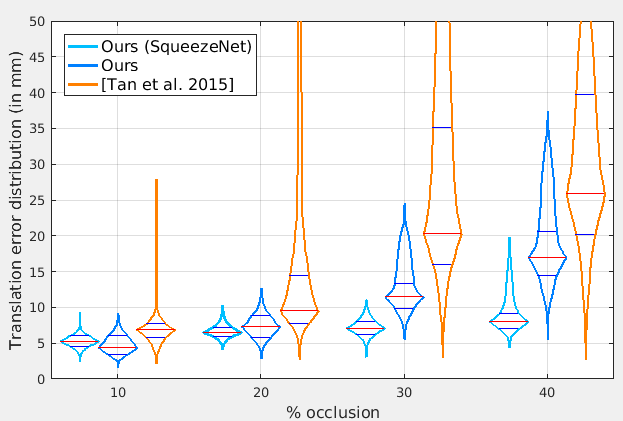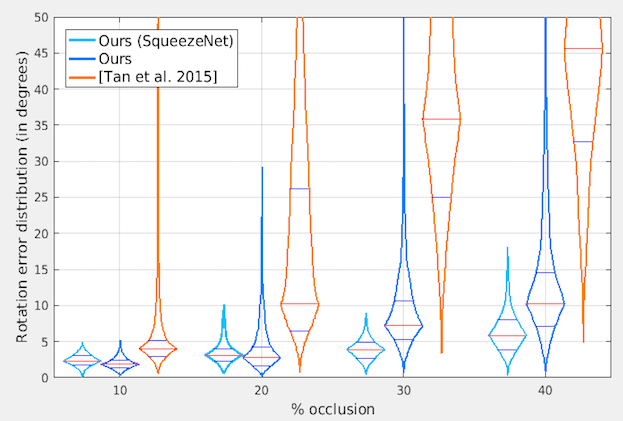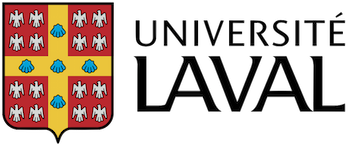Deep 6-DOF Tracking
We present a temporal 6-DOF tracking method which leverages deep learning to achieve state-of-the-art performance on challenging datasets of real world capture. Our method is both more accurate, and more robust to occlusions than the existing best performing approaches while maintaining real-time performance. To assess its efficacy, we evaluate our approach on several challenging RGBD sequences of real objects in a variety of conditions. Notably, we systematically evaluate robustness to occlusions through a series of sequences where the object to be tracked is increasingly occluded. Finally, our approach is purely data-driven and does not require any hand-designed features: robust tracking is automatically learned from data.





